29+ Sample Social Media Content Calendar
-
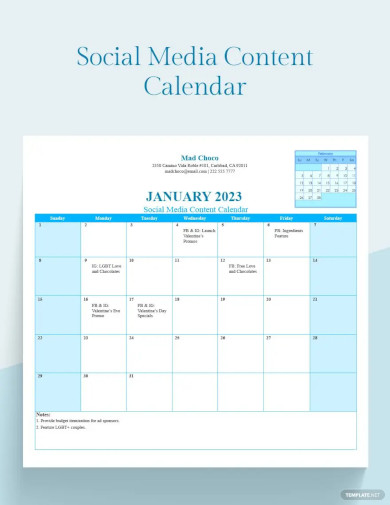
Social Media Content Calendar
download now -
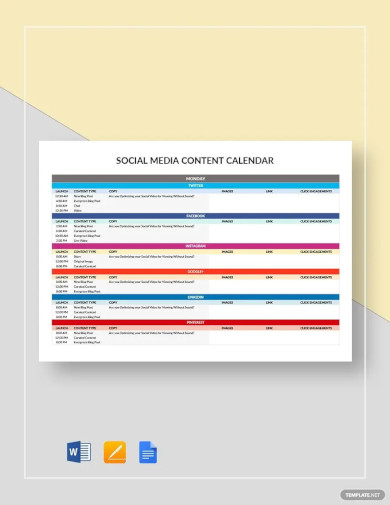
Social Media Content Calendar Template
download now -

Downloadable Social Media Content Calendar
download now -

Printable Social Media Content Calendar
download now -
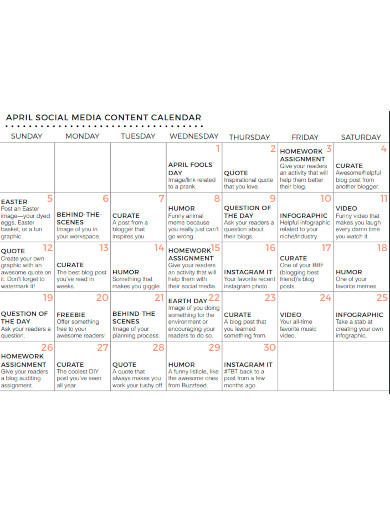
April Social Media Content Calendar
download now -

Monthly Social Media Content Calendar
download now -

Social Media Content Calendar for Churches
download now -
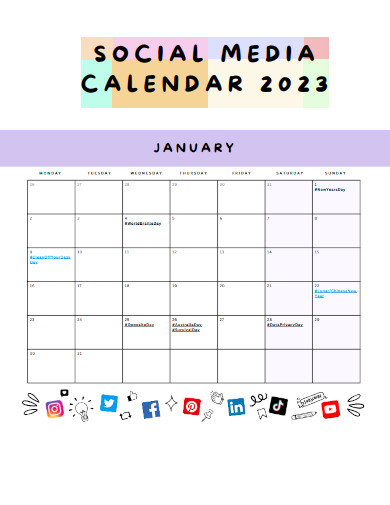
Simple Social Media Content Calendar
download now -
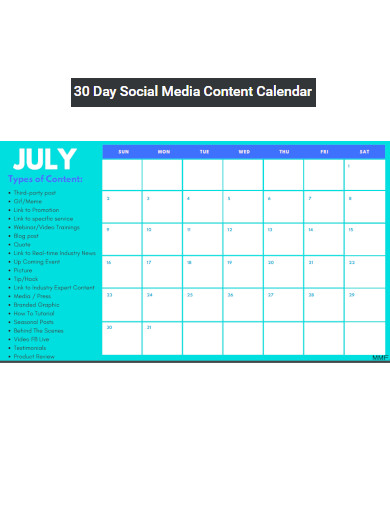
30 Day Social Media Content Calendar
download now -
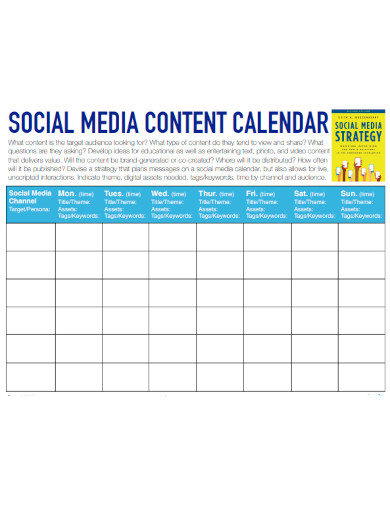
Marketing Social Media Content Calendar
download now -
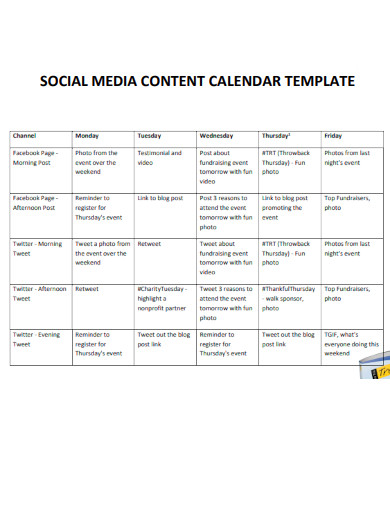
Non Profit Social Media Content Calendar
download now -
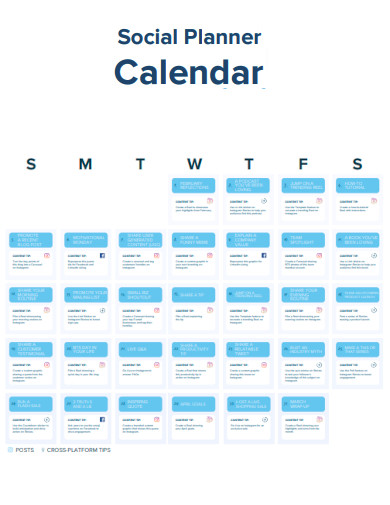
Social Media Content Calendar Planner
download now -

Blank Social Media Calendar
download now -
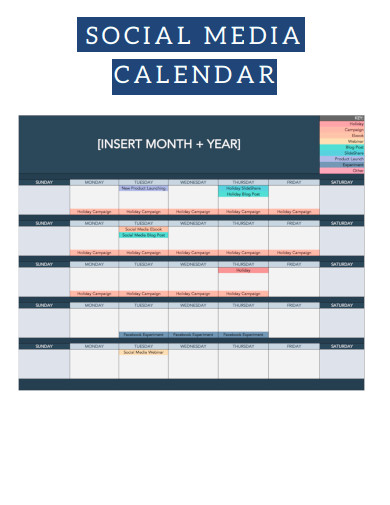
Google Sheet Social Media Calendar
download now -
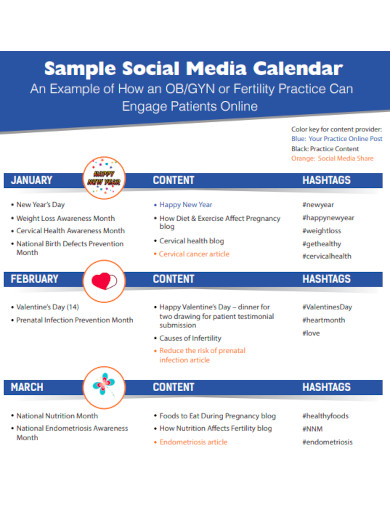
Sample Social Media Content Calendar
download now -
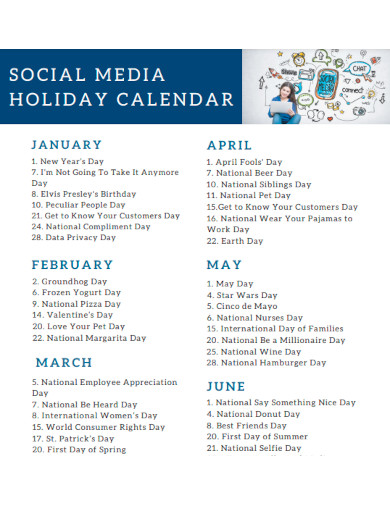
Social Media Holiday Content Calendar
download now -
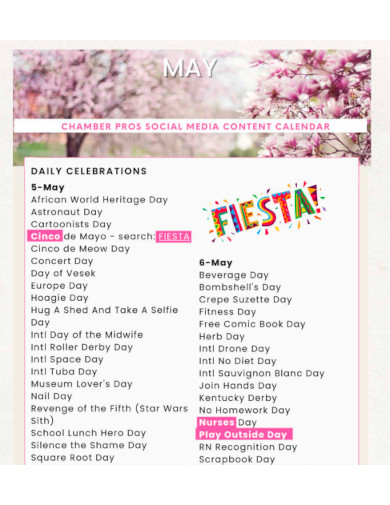
May Social Media Content Calendar
download now -
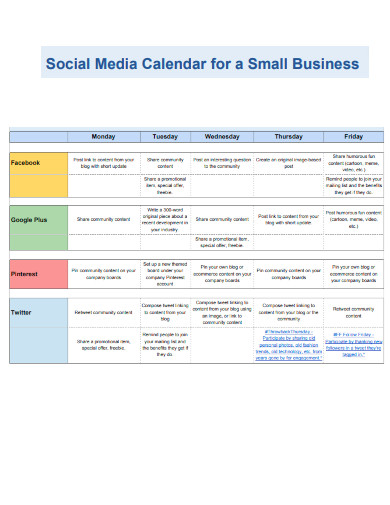
Small Business Social Media Content Calendar
download now -
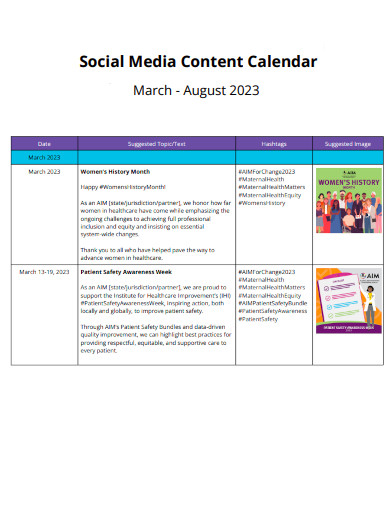
March to August Social Media Content Calendar
download now -
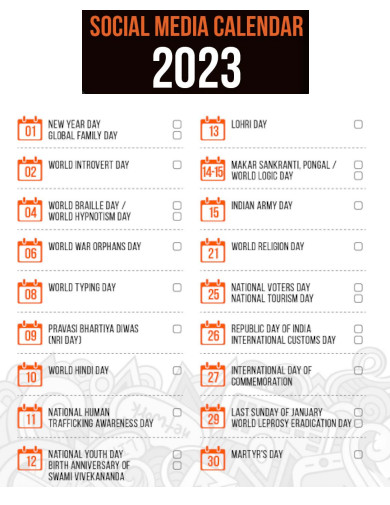
Year Social Media Content Calendar
download now -

Restuarants Social Media Content Calendar
download now -
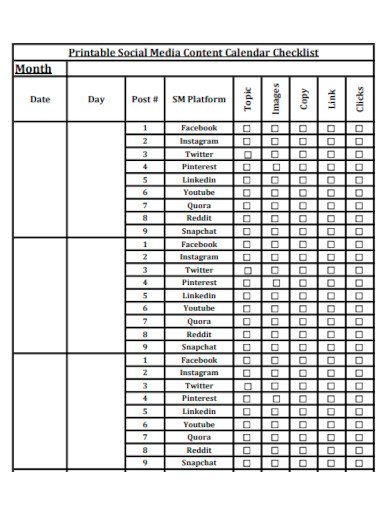
Social Media Content Calendar Checklist
download now -
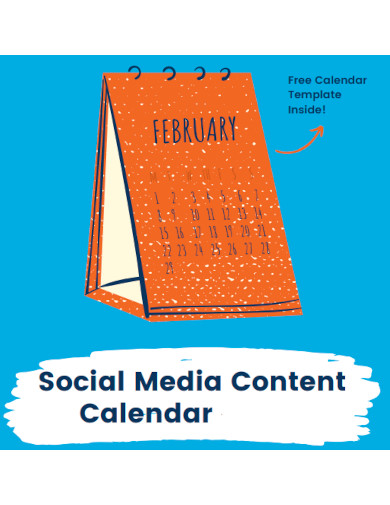
Ebook Social Media Content Calendar Template
download now -
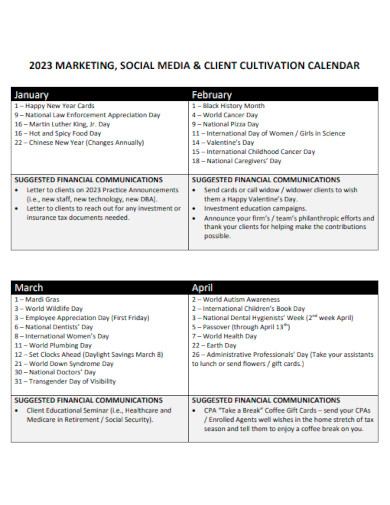
Marketing Client Cultivation Social Media Content Calendar
download now -

Social Media Content Calendar Ideas
download now -
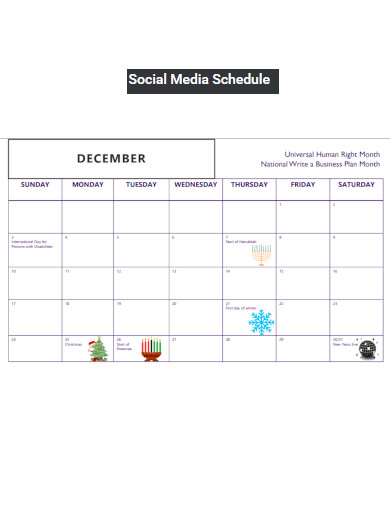
Social Media Content Schedule Calendar
download now -
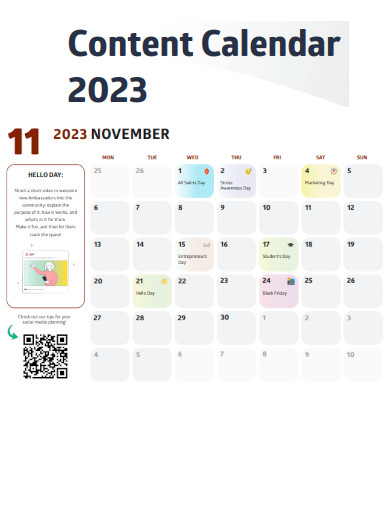
Editable Social Media Content Calendar
download now -
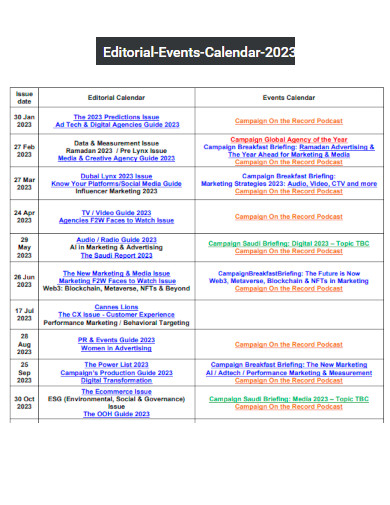
Editorial Event Social Media Content Calendar
download now -
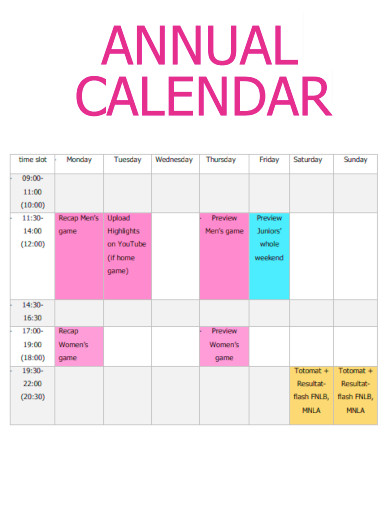
Annual Social Media Content Calendar
download now -
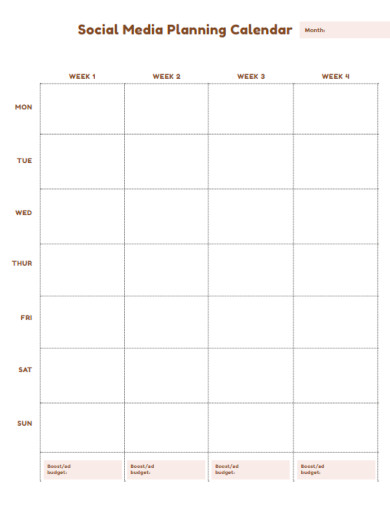
Social Media Planning Calendar
download now
FREE Social Media Content Calendar s to Download
29+ Sample Social Media Content Calendar
What is a Social Media Content Calendar?
Types of Social Media Content Calendars
How to Create a Simple Social Media Content Calendar
FAQs
What are some key elements to include in a small business’s content calendar, such as templates, printable resources, and scheduling tools?
How often should a small business update their content calendar, and what are the benefits of doing so on a monthly or weekly basis?
How can a small business measure the success of their social media efforts using analytics and other tools, and adjust their content calendar accordingly?
What is a Social Media Content Calendar?
A social media content calendar is a strategic tool used by individuals, businesses, bloggers, influencers, and media professionals to plan, organize, and schedule their social media content effectively. It serves as a centralized framework for managing and executing social media marketing campaigns. By outlining specific content themes, dates, and platforms such as Instagram, Facebook, and Twitter, it ensures a consistent and cohesive online presence. This downloadable and printable template, often created in Excel or similar formats, caters to the needs of small businesses, real estate agents, restaurants, and nonprofits. The purpose of a content calendar is to streamline social media efforts, enhance engagement, and drive audience growth. It provides a visual overview of planned content, allowing creators to curate high-quality posts, incorporate diverse content formats, and align with marketing objectives. With the ability to plan on a monthly, weekly, or even yearly basis, content calendars facilitate better time management and enable proactive content creation.
Social media calendars are highly effective for bloggers, content creators, social media influencers, and other media professionals. According to a study conducted by CoSchedule, marketers who use a content calendar are 376% more likely to report success in their social media marketing efforts. These calendars provide structure and organization, allowing professionals to plan and schedule content in advance. By consistently publishing high-quality posts, influencers can increase their follower engagement and grow their audience. Additionally, a social media calendar enables strategic content distribution across different platforms, optimizing reach and maximizing impact. A survey by Content Marketing Institute revealed that 72% of content marketers believe that a content calendar significantly contributes to their overall success. The ability to plan and visualize content in advance fosters creativity, enhances collaboration, and ensures a consistent brand voice, resulting in improved content performance and increased audience loyalty.
Types of Social Media Content Calendars
In this section, we explore a range of types of social media content calendars designed to meet the specific needs of bloggers, influencers, marketers, and businesses. From monthly editorial calendars, and year calendars to influencer collaboration calendars, discover the perfect calendar format to optimize your social media strategy.
How to Create a Simple Social Media Content Calendar
Read this section as we’ll guide you through the process of creating a simple social media content calendar in just a few steps. From defining your goals and audience to scheduling and tracking, discover how to streamline your content planning and maximize your social media impact.
Step 1: Define Goals and Audience
Identify your goals, whether it’s increasing brand awareness, driving website traffic, or engaging with your target audience. Understand your audience demographics, preferences, and interests to tailor content effectively. Keyword research and competitor analysis can provide valuable insights.
Step 2: Choose a Format and Platform
Select a format that suits your needs, such as a printable Excel spreadsheet or a digital tool like Google Sheets. Consider the platforms you’ll be using, such as Instagram, Facebook, or Twitter. Ensure your chosen format and platform align with the keywords “printable,” “Excel,” and “Instagram” to meet your requirements.
Step 3: Plan Content Themes and Topics
Brainstorm content ideas that align with your goals and resonate with your audience. Define content themes, such as tutorials, product features, industry news, or user-generated content. Create a list of topics under each theme that can be covered throughout the calendar period.
Step 4: Schedule and Organize
Assign specific dates or time slots for each content piece based on your chosen calendar format (monthly or weekly). Include captions, hashtags, and any multimedia elements like images or videos. Ensure a balanced mix of content types and engagement tactics, such as questions, polls, or giveaways.
Step 5: Track and Evaluate Performance
Implement a system to track the performance of your content calendar. Monitor engagement metrics like likes, comments, shares, and click-through rates. Use analytics tools provided by social media platforms to measure the effectiveness of your content strategy and make adjustments as needed.
FAQs
Key elements to include in a small business’s content calendar include templates for different types of content, printable resources such as checklists and guides, and scheduling tools such as Hootsuite or Buffer. Templates can help businesses plan out content for different platforms and ensure that their branding is consistent across all channels. Printable resources can help businesses stay organized and on track with their content strategy. Scheduling tools can help businesses save time and ensure that their content is posted at optimal times for maximum engagement.
A small business can use their content calendar to plan and promote special events, sales, or product launches on social media by scheduling posts in advance and creating a cohesive messaging strategy. By planning out content in advance, businesses can ensure that they are promoting their events or launches consistently across all platforms and that their messaging is clear and effective.
A small business can measure the success of their social media efforts using analytics and other tools by tracking metrics such as engagement, reach, and conversions. By regularly analyzing these metrics, businesses can see what is working and what isn’t and adjust their content strategy accordingly.
What are some key elements to include in a small business’s content calendar, such as templates, printable resources, and scheduling tools?
How often should a small business update their content calendar, and what are the benefits of doing so on a monthly or weekly basis?
How can a small business measure the success of their social media efforts using analytics and other tools, and adjust their content calendar accordingly?
A well-executed social media content calendar is an invaluable asset for bloggers, influencers, marketers, and businesses. Understanding its purpose, benefits, types, and steps to create one empowers individuals and organizations to drive engagement, increase brand visibility, and achieve their goals. By strategically planning and organizing content, utilizing different calendar types, and following a simple step-by-step process, you can optimize your social media strategy. Embrace the power of a content calendar, harness its potential to enhance creativity, maintain consistency, and unlock the full potential of your social media presence. Start planning today and elevate your digital marketing efforts to new heights. Sample.net offers a diverse calendar and planner template collection you can easily download and use, as well as documents for social media including a social media report, a social media marketing contract, and several social media strategic plans.
